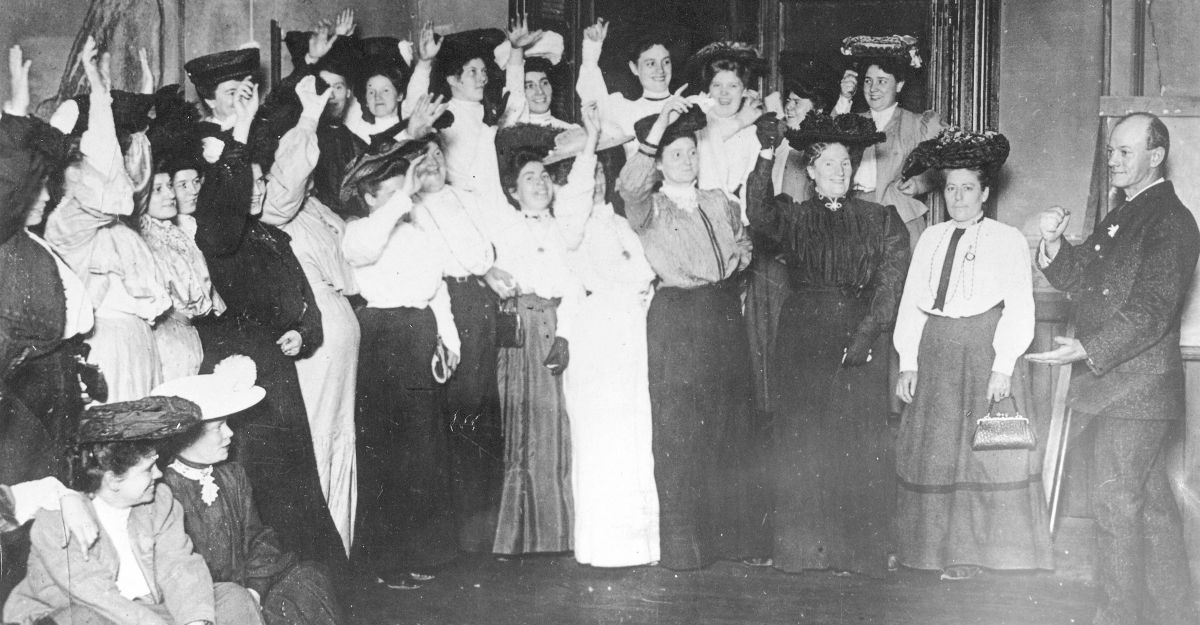Autistic women and genderqueer people are historically underrecognised and underrepresented. Fortunately, this is starting to change, at least in the literary sphere. In the past two years, readers have been blessed by books from Clem Bastow, Hannah Gadsby, Emma A. Jane, Grace Tame, Dr. Sandra Thom-Jones and Chloé Hayden, to name a few — autistic women and genderqueer people who have written memoirs that either reference or centre their experiences of their intersecting gender and neurological identities.
We know very well that we need to talk about autistic women, given the decades we have spent with our experiences being erased. However, in Caitlin McGregor’s review in Meanjin of Dr. Thom-Jones’ book Growing into Autism they pointedly note:
Any book about autism needs to make a (literally) defining decision: how will it explain what autism is? Or, more specifically, what framework will it use to do so?
After all, as McGregor explains, the vocabulary of autism and the praxis of diagnosing autism have existed for less than a century and many of their elements are still infuriatingly ableist and sexist in equal measures. This begs the question of whether we yet know how to talk about autistic women.
*
Swedish author and journalist Clara Törnvall’s nonfiction book The Autists is the latest addition to the ‘autistic woman’s memoir’ genre. Törnvall, like the majority of writers referenced above, discovered she was autistic during adulthood, after a lifetime of poor mental health, relationship problems and workplace stress. In the early chapters of The Autists, I was struck by her honesty about these experiences:
I have seen six different therapists for individual therapy and three couples or family therapists, been on two different kinds of antidepressants and various anxiety meds, read piles of books and articles about mental illness, and spent a weekend at the psych ward. Nothing has helped. None of what is said or written fits.
That is, until a psychologist assessed her as being autistic and she realised that this identity did, indeed, fit perfectly. Having received and accepted this new piece of self-knowledge, Törnvall felt compelled — as explained in the blurb — to ‘reclaim’ autistic language, and to apply it to both herself and famous women throughout history who Törnvall believes to have been autistic.
The stance Törnvall takes on the utility of language as an autistic writer is ‘to convey a message, not to make an impression.’ In the book, she offers two strategies for discussing autistic women. The first is engaging in a historical revisionism of sorts with regards to famous women in philosophy, literature, art and other areas of cultural life. These are some of the most intellectually rich sections of the book. Törnvall attributes Beatrix Potter’s ‘eccentricity’ and ‘grouchiness’ to an autistic body-mind. She highlights Virginia Woolf’s lack of eye contact and childhood speech delay, while also noting Woolf’s eugenicist beliefs and apparent ableism towards Woolf’s equally autistic half-sister, Laura Stephen. She writes powerfully about Emily Dickinson and the nineteenth century poet’s clearly autistic traits:
In her poetry, Dickinson relied on metaphors and symbolism and explored themes close to autism. She knew that she was different and felt alienated from the rest of the world. Her sense of alienation expressed itself, for instance, through the repeated image of a boat or a swimmer bobbing up and down, alone on a vast sea.
*
The second strategy that Törnvall employs is adopting language — both medicalised and colloquial — to demonstrate that the autistic body-mind is just as congruent with the feminine as it is with the masculine. This is an interesting literary endeavour, considering how many autistic women and girls spend their lives being plastered with every label under the sun — weird, shy, annoying, rude, unintelligent, overly intelligent — except ‘autistic’. If we do receive a medical label, it is likely to be along the lines of some mental illness or another.
Unfortunately, however, there are elements of this attempt to reclaim language for autistic women that lack self-awareness. Most notably, Törnvall confidently states in the second chapter that The Autists is for ‘women with high-functioning autism.’ This notion of ‘functioning’ in relation to autistic women forms a central discursive point of the ensuing discussion.
‘High-functioning’ is a term that many in the autistic community find problematic. The standard dictionary definition of function (‘to work or operate in a proper or particular way’) evokes in my mind images an early Industrial Revolution-era machine that churns out one pair of shoes per hour. I struggle to attach a person to language of ‘operation.’
Beyond the neoliberal implication behind the language of functioning, applying such labels to autistic people is too simplistic, despite the fact that the autistic experience is anything but simple.
Recent research on the autistic community indicates that syphoning us off into functioning categories is both unfair and inaccurate. There is simply too much variation in presentation and support needs, both among the general autistic population and within the lives of autistic individuals. ‘High-functioning’ risks denying autistic people the support they need. On the flip side, ‘low-functioning’ risks denying autistic people their personhood.
In The Autists, Törnvall justifies her use of ‘high-functioning’ on the grounds that it contributes
to removing the stigma around autism and counteracting the prejudice that all autists have an intellectual impairment, because this is not the case.
She would be right, if she were employing the medical model of disability: intellectual disability does not account for one hundred per cent of the autistic population. However, this view clashes with the social model of disability and with the book’s own subtitle, ‘women on the spectrum,’ which suggests an awareness of the autistic community as a diverse and dynamic one. In fact, within the pages of the book, Törnvall zooms in on only one place of the so-called ‘spectrum’, the place where autistic people:
Are of average, or above-average intelligence and … can hold down a job and maintain a relatively well-functioning life.
Do autistics of below-average intelligence and/or who need assistance with living independently not deserve to have their stories told? Do autistic women labelled as ‘low-functioning’ not deserve destigmatisation, too? For a book published in 2023 that claims to rethink the way that language constructs societal ideas around the autistic body-mind, the outdated and divisive terminology that Törnvall sprinkles throughout the book is unsettling.
Despite the author’s occasionally regressive linguistic choices, The Autists is far from the enemy of autistic rights. In fact, it would be unfair of me to deem any book the enemy or champion of autistic rights. Research on and advocacy for the autistic population moves quickly, and can take a paradoxically long while for us catch up, even if we’re autistic ourselves.
If I were to answer the question, ‘how do we talk about autistic women,’ I would say to talk about us as much as possible — so long as we’re the ones doing the talking. Then, hopefully, an empowering and destigmatising discursive praxis for all autistic women will emerge.



